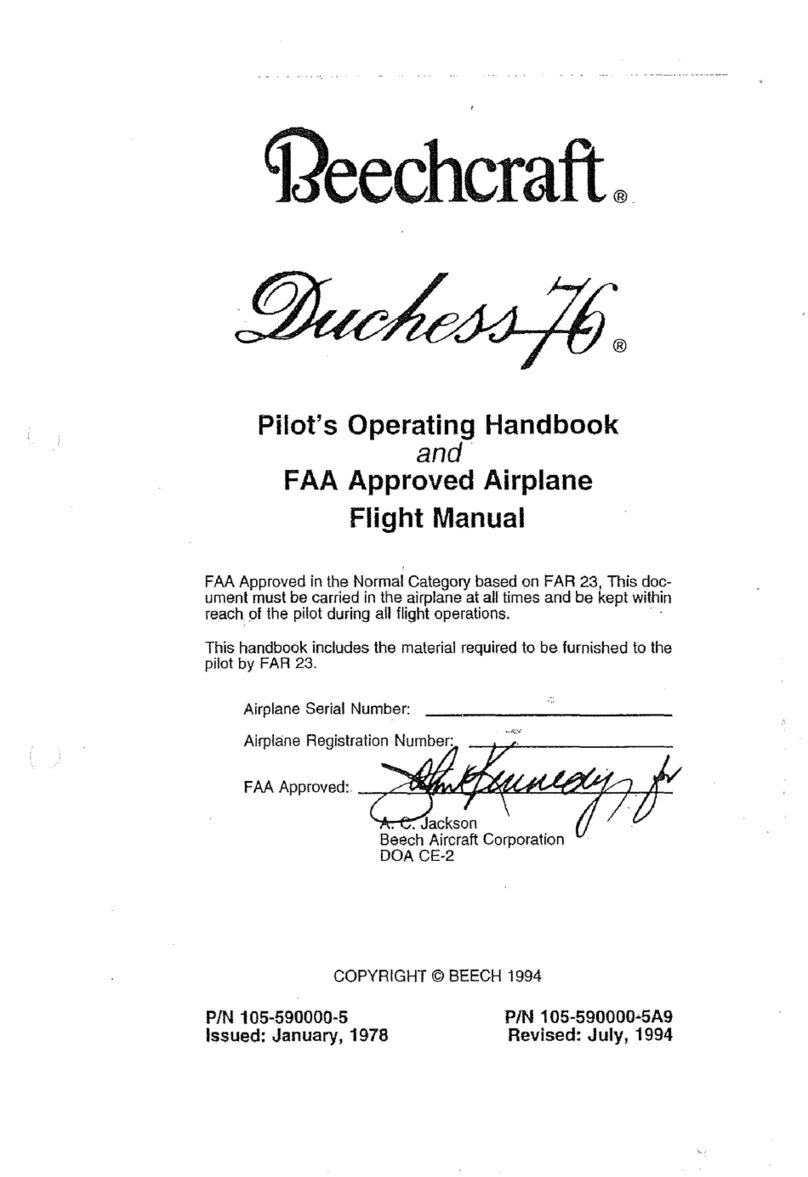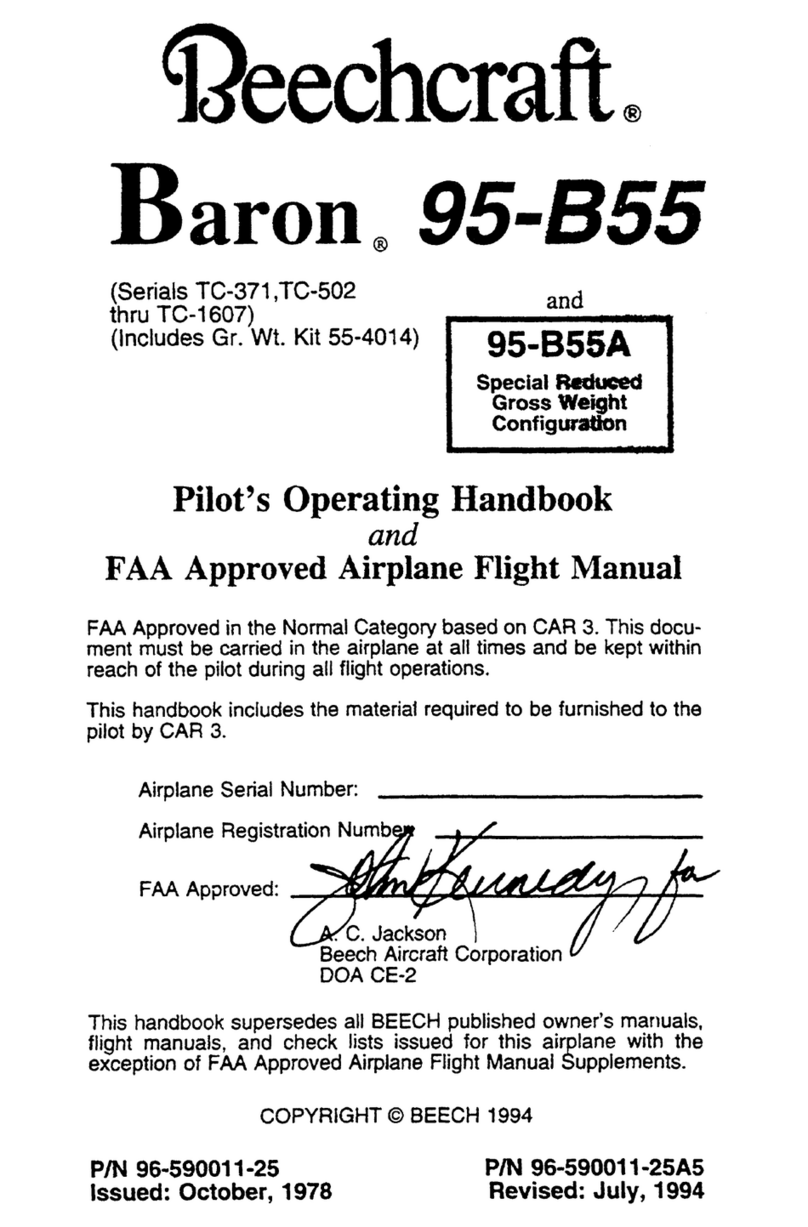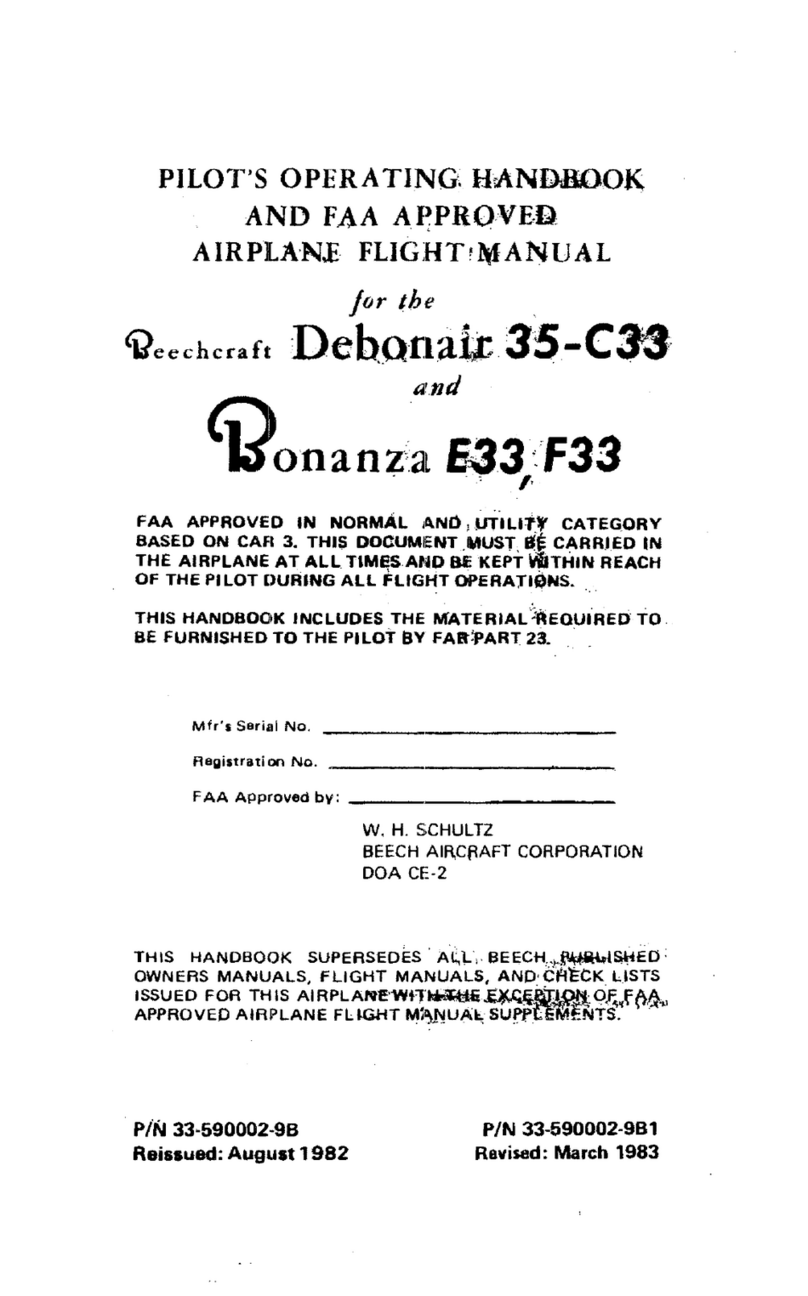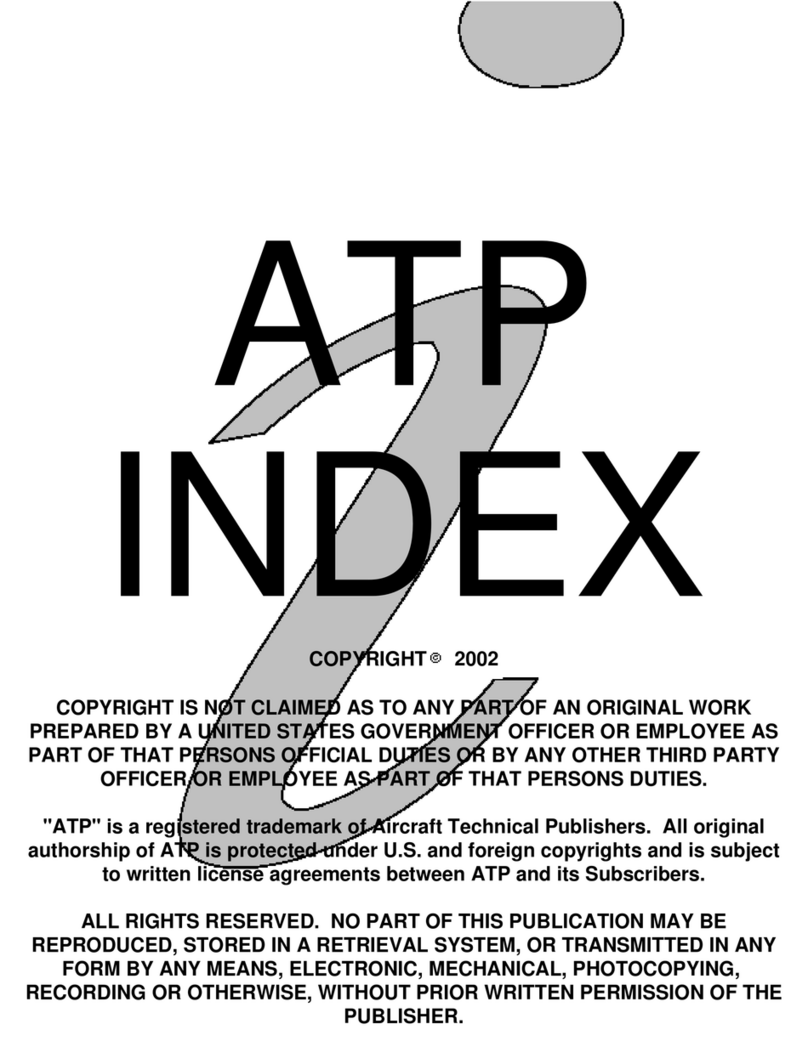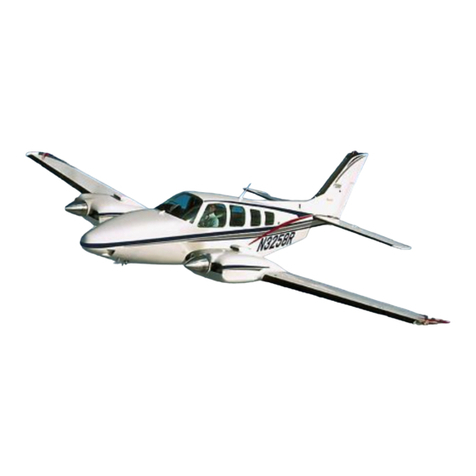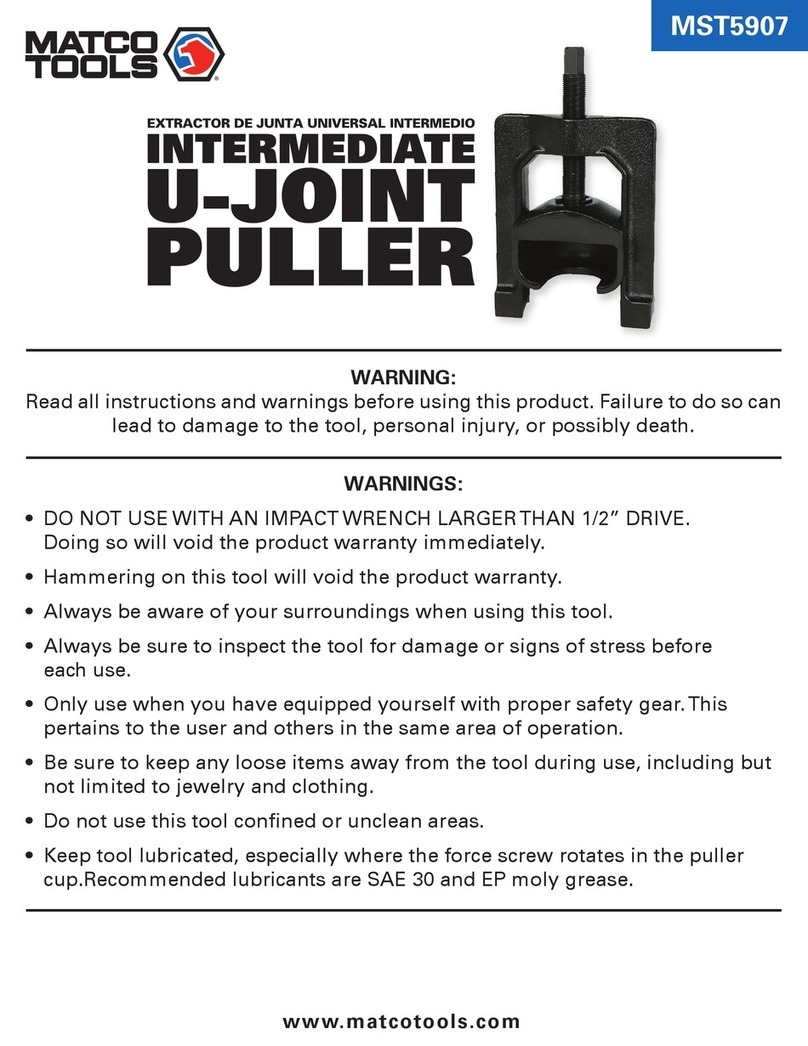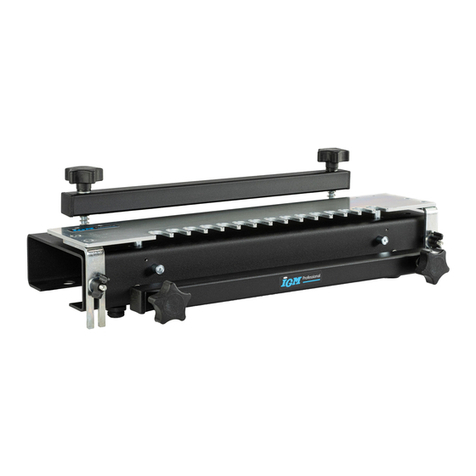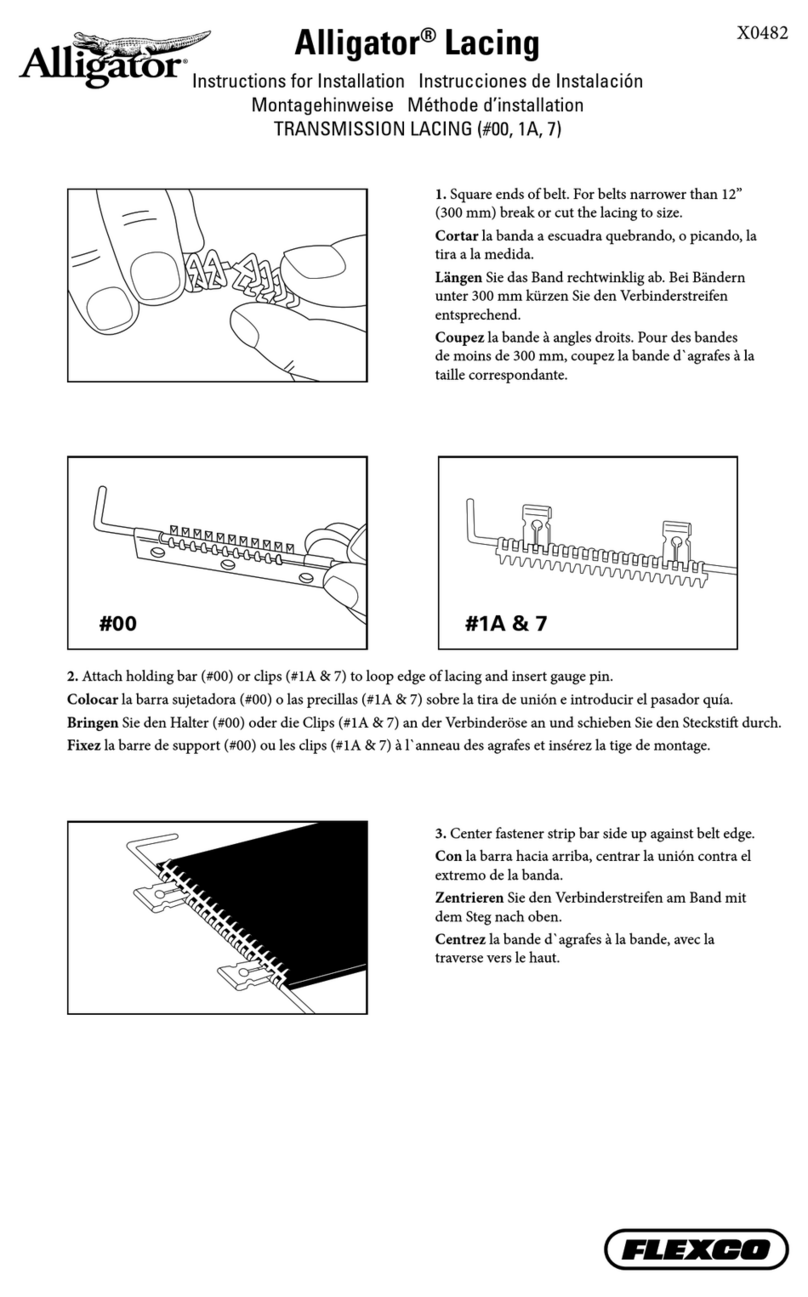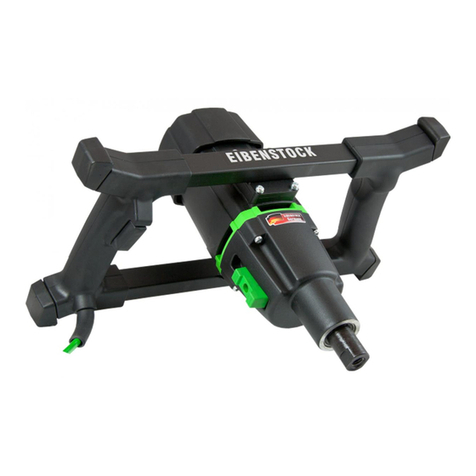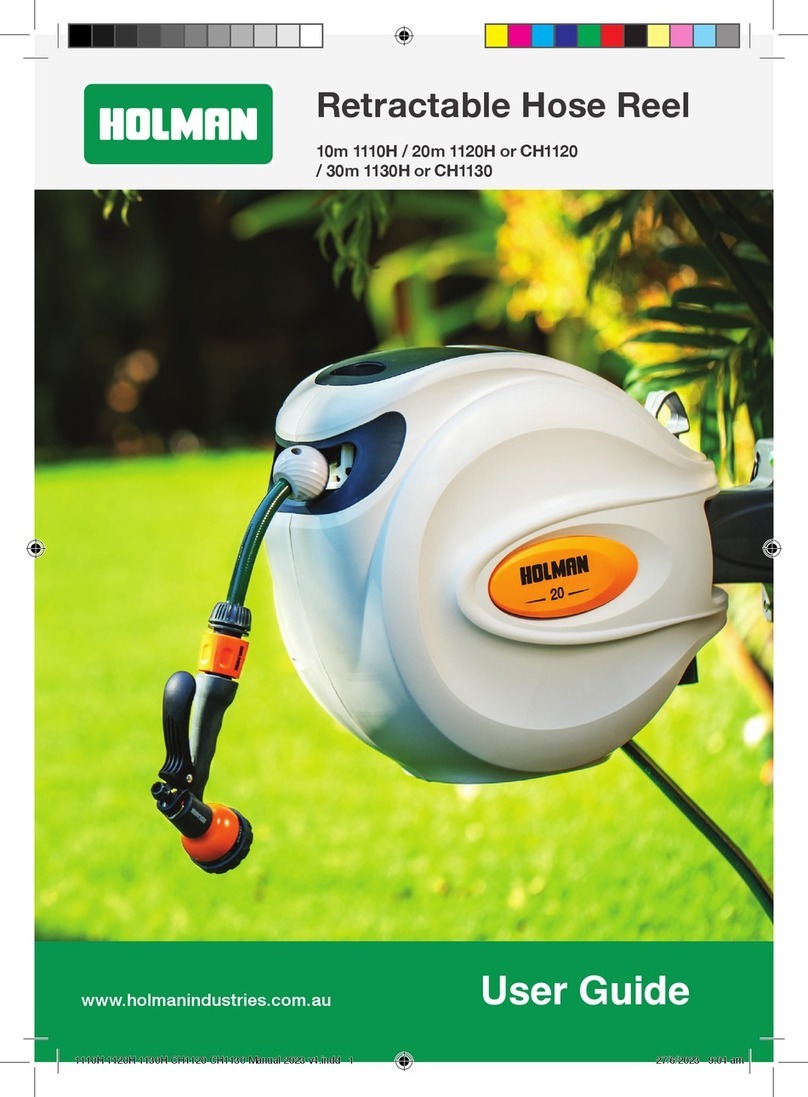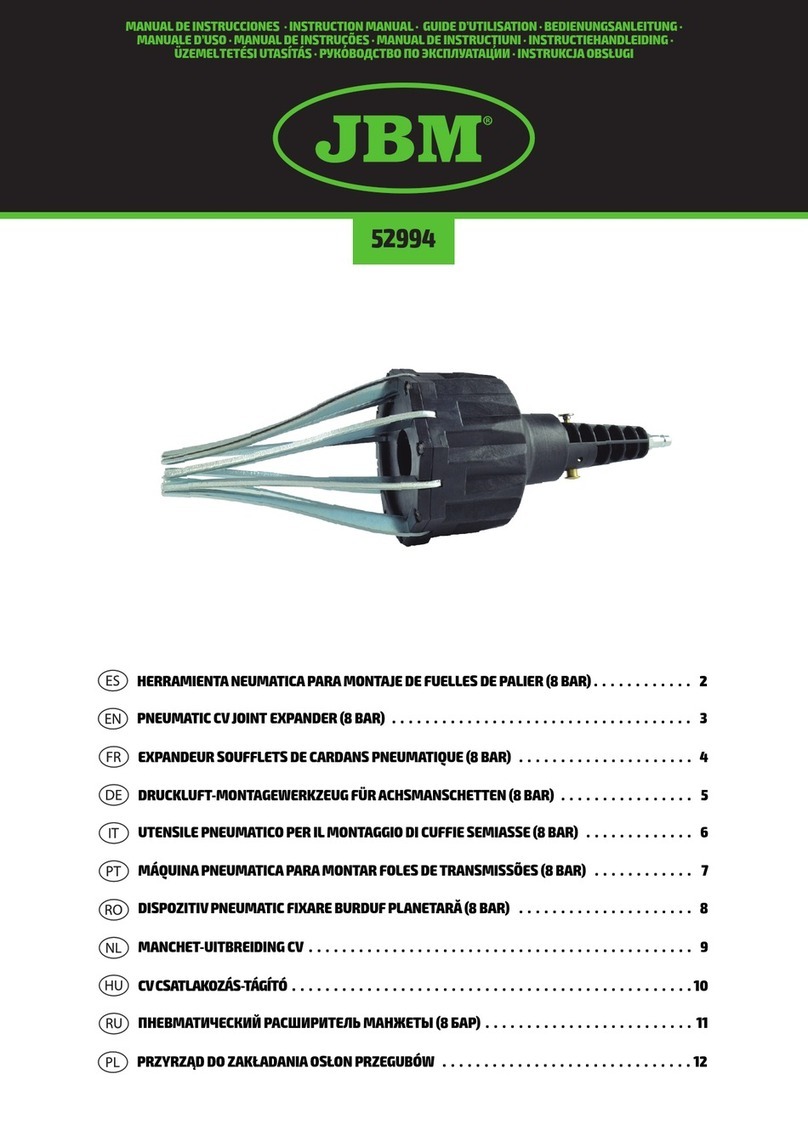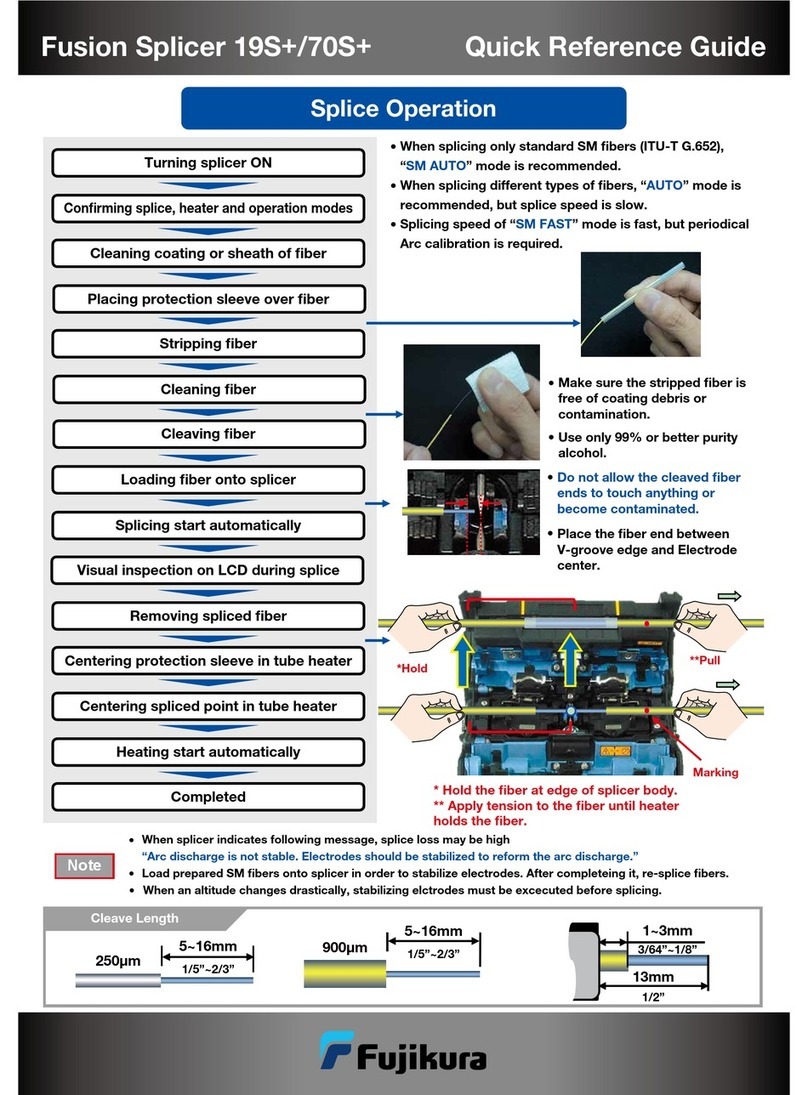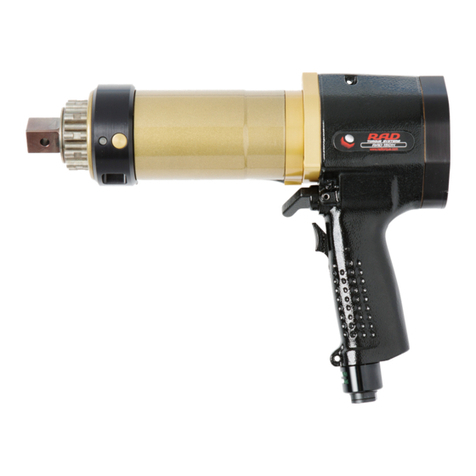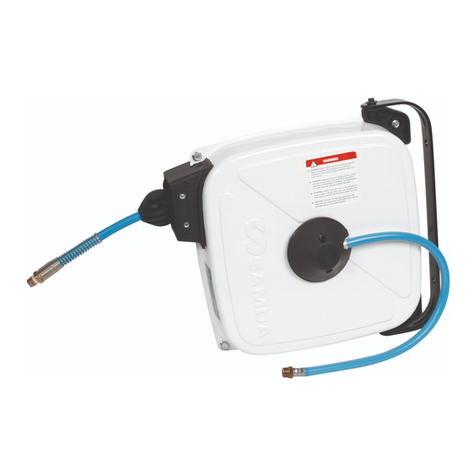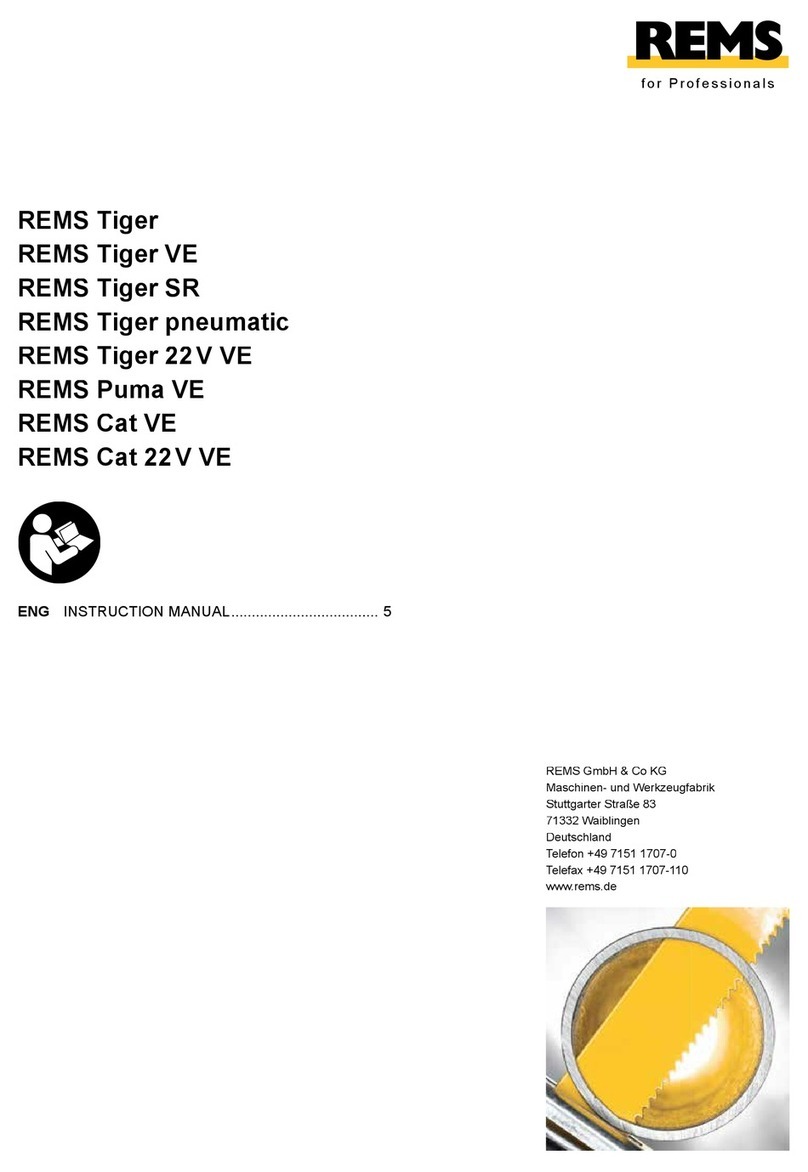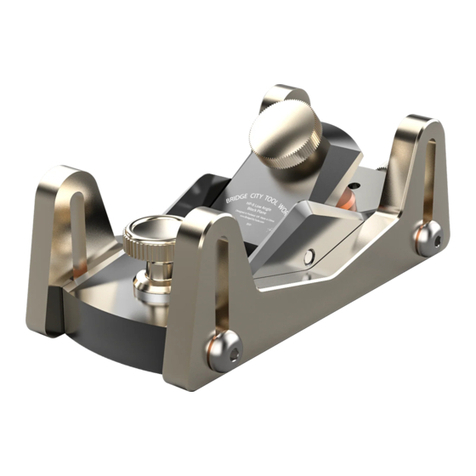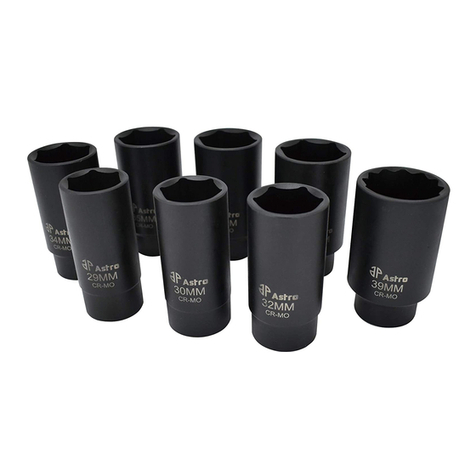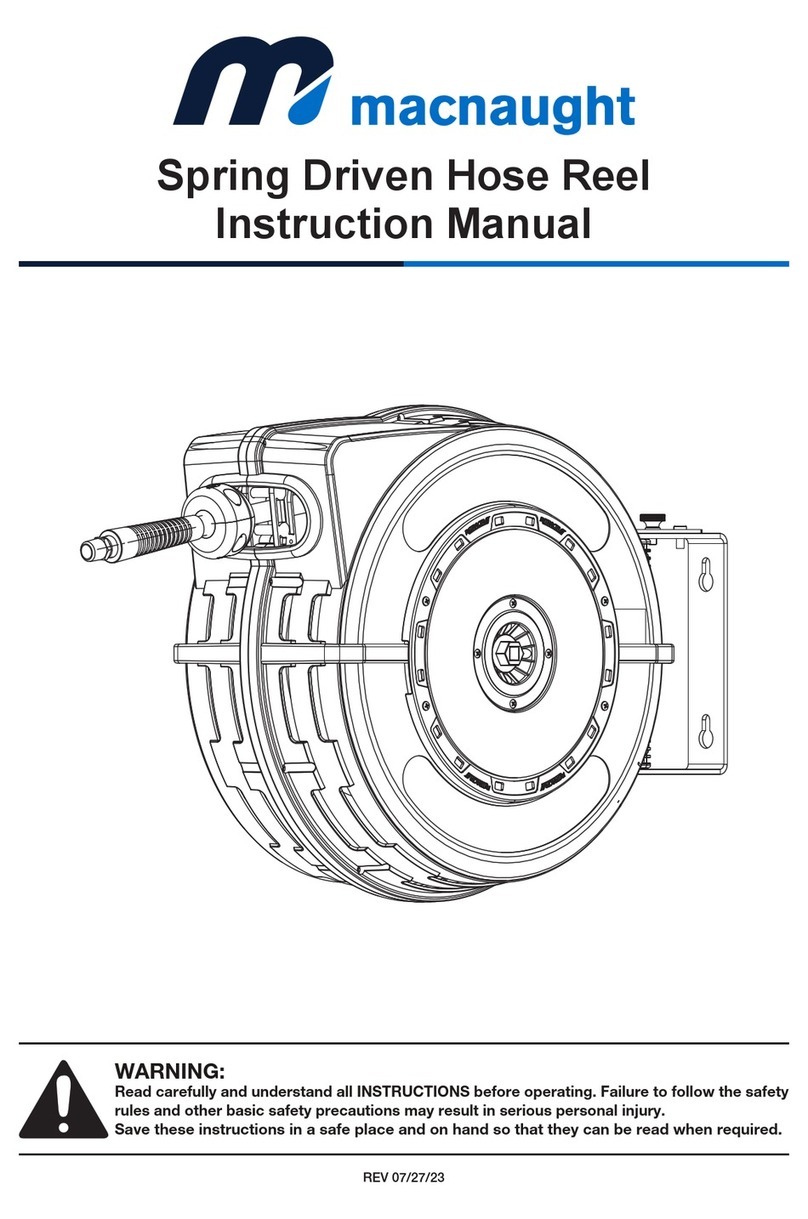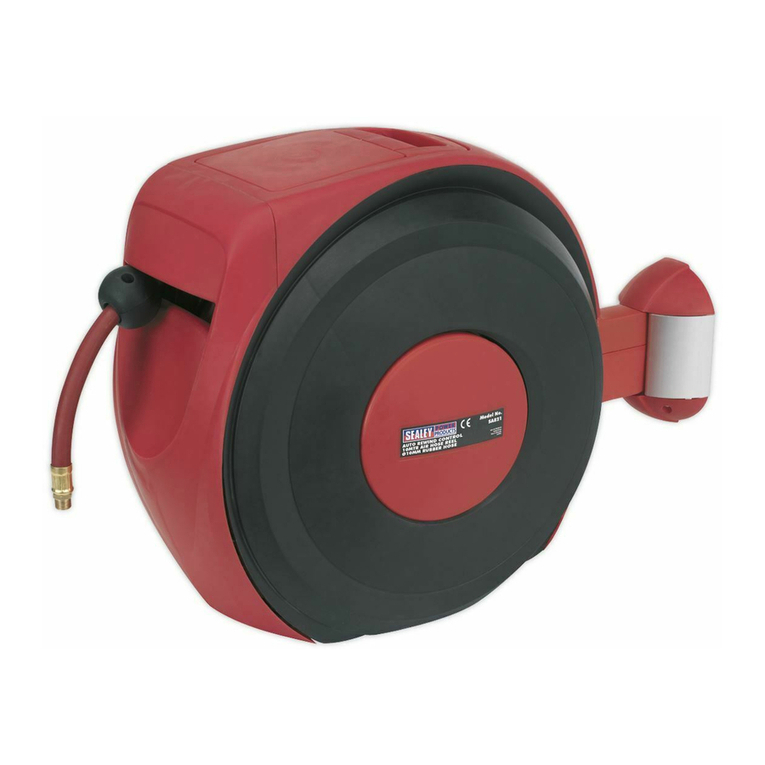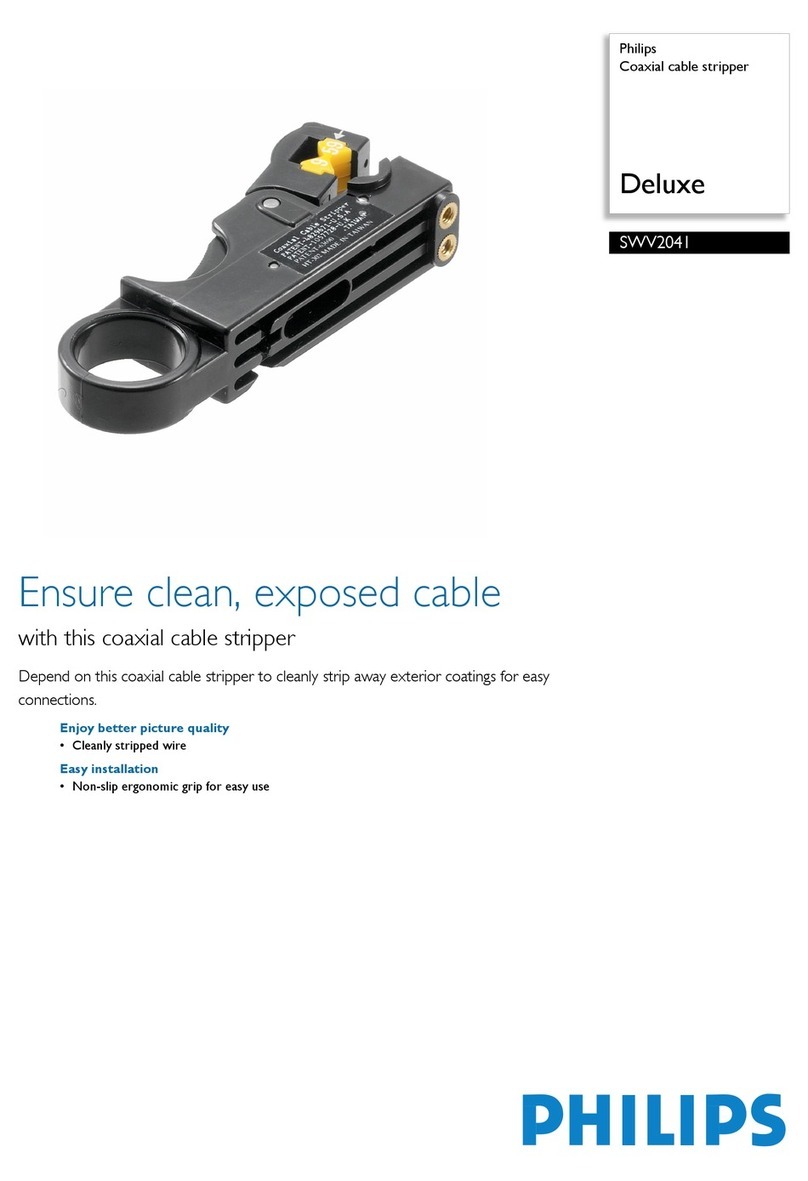
Sectíon ll
Poragrcphs l2-14
I2. GENERAT FTYING CHARACTERISTICS.
¿. STABILITY.-Stability is excellent under all
norrnal loading conditions and flight rnaneuvers.
(1) The rudder and elevator trim tabs provided
are very effective and should be used to ease control
pressures at all times.
(z) l¡ bumpy air the airplane should be allowed
to lecover by itself, with only slight aid from the pilot.
This requires less effort in flying the airplane and the
ride is actually smoother.
å. SPEED RANGE.-This airplane has a broad
speed range with a high cruising speed and a low land-
ing speed. All controls are vety effective throughout
tbe entire range and even through the stall.
c. IJse fuel from tanks in following sequence and
frll tanks in reverse of seguence given. Use upper wing
tanks first, then lower wing tanks, and main tank last.
Make all take-offs, landings, or flying at low alti-
tudes on main tank.
/. rJØhen switching to another fuel tank, be careful
to stop valve on "CLICK." lüØatch fuel pressure in-
dicator and be ready to use wobble pump if fuel pres-
sure does not build up to 4 lbs. per sq. in. immedi-
ately.
e. Maximurn cruising economy will be obtained
with urixtures set at .080, with manifold pressure from
25 to 28 inches Hg and propeller adjusted between
1800 to 2O0o rpm. All maximum power operation
should be done with mixtures set at .100, Head tem-
peran¡re should be checked constantly (232"C or
45ooF for continuous operation).
/. Under icing conditions, use iust enough car-
buretor (manifold) heat to prevent icing, in order to
maintain constant manifold Pressure for level flight.
g. GLIDING.-The airplane has an unusually flat
gliding angle. It is approximately 15 to I with the
wheels in retracted position, at an IAS of ttlo mph.
b. CLIM,B \üøITHOUT POIüüER.
(r) Another factor of safety for pilots who rnust
fly at low altitude, is that the airplane will climb about
400 to 500 feet without powet at cruising speeds. In
order to check this performance, the altimeter should
be noted and the airplane flown at normal cruising
speed. The throttle can then be closed and the mixture
control pulled all the way back, and simultaneously,
the wheel should be pulled back steadily until the air-
plane reaches an angle of attack of about 45 degrees.
It should be held in this position until it reaches the
top of its climb and the control forces lighten, then
the wheel can be eased and the ship allowed to stall
by itself with a consequent dropping of the nose. As
the stall occurs, the altitude should be noted on the
altimeter. The amount that is gained will be from 4oo
to 500 feet. Thus, in case a power failure occurs at
a low altitude, the pilot can pull the airplane up ap-
proxirnately 400 co 5oo feet to allow time to discover
the best available landing area.
(2) tf a turn is not required, with 5O0 feet alti-
tude and no wind, alaoding can be made t mile ahead
of the position. If a turn is required, landing can be
made approximately fi mile to each side or I mile
behiod. The ship should be kept in a practically
stalled position in order not to use too much radius of
turn (no allowance made for wind). Practice in stalled
turns in this airplane will show rhat there is little or
no danger in them. However, if the airplane is loaded
with a full tail-heavy loading, with baggage and people
in the rear, it should be given a little more considera-
tion than when it is loaded only in the front seats.
T3. ENGINE FAITURE DURING FLIGHT.
ø, The nose will not drop much below the horizon
if restrained by pulling back on the wheel. If the engine
failure occurs at low altitude, a climb without power
of 400 to 5OO feet will afford an opportunity to pick
a suitable place to land. (Refer to La,b, this section.)
å. Turn the ignition switch "OFF."
c. Turn fuel selector valve "OFF."
/. Propeller control in fuII "DECREASE RPM."
¿. Generator switch "OFF."
J. If a suitable landing freld is available, glide to a
norrnal power-off landing. If not, keep the landing
gear in the retracted position and rnake a belly landing.
g. Turn master battery switch "OFF" before con-
tacting ground.
r4. srAH.s.
a. There is no tendency to fall off into a spin from a
stall. Little control is required to keep the airplane in
a stable position.
å. It is suggested that pilots who fly this airplane
f.amiliarize themselves with the stall characteristics of
the airplane. They should try a gradually approached
stall at a cornfortable altitude and they will frnd thar
full lateral conrol is retained at all times and that they
can actually fly the airplane in a stall without losing
control of the airplane, In a gradually approached
stall with the power off (as would be the case in rnak.
ing an approach for landing), a speed will be reached
at which the lower wing will stall without the upper
wing doing so. Since the lower wing is forward in
oegative stagger, the nose of the airplane will drop a
few degrees until the lower wing "unstalls" and re-
sumes its lift. At this point the nose will again rise
and the cycle will be repeated with a sort of forward-
and-aft rockiog motion while the lower wing stalls
and then regains its lift. Considerable buffeting of a
harmless type will occur during such a stall. In the
meantime, the upper wing is completely "unstalled"
and inasmuch as the ailerons are placed on the upper
wing, full lateral control can be effected. Gradual turns
can be made to the right and left with power off and the
wheel all the way back during the operation of stall-
ing and "unstalling" the lower wing.
The above ¡¡rocedure should.be tried with wheels
up and wheels down, flaps up ano flaps down, power
RESTRICTED
AN 0r-90cc-l
ró RESÎRICTED




















